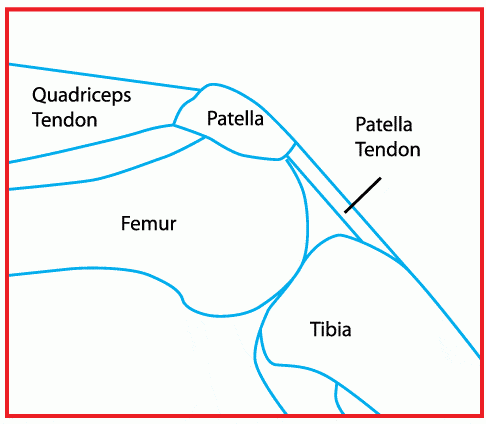Tendons are strong fibrous connections between muscles and bones. Not only do they form the connecting bridge between muscles and bone, but they have an elastic and flexible structure. When a muscle contracts, its tendons stretch, acting as springs. This allows the muscle to keep its original length and generate greater forces. Therefore, tendons work side by side with the muscles, controlling the transfer of forces between bone and muscles and producing a smooth movement. Tendons are subjected to great stresses during aggressive physical activities.
Cause:
When a tendon is subjected to forces greater than its structure can withstand, micro trauma results. Over time, persistent excessive stresses lead to muscle inflammation, which is the body’s call for help; pain acts as the alarm which warns about the deterioration taking place.
Several factors play a role in the development of tendonitis.
Putting too much load on the tendon too rapidly such as:
- failing to warm up properly before going on the track/court
- increasing the intensity of exercise too rapidly
- excessive exertion
Training on hard surfaces
Inappropriate footwear
Faulty lower limb biomechanics such as:
- Overpronation
- Knee cap maltracking
- Leg length discrepancy
Symptoms:
As the problem develops over time, so do the symptoms.
Pain is felt at the bottom front of the thigh and is worse during and after activity, especially those involving the quads such as squatting, weight lifting or sprinting.
In severe cases, pain may persist even at rest.
The lower part of the thigh may show other signs of inflammation, i.e., swelling, redness, and localised increase in temperature.
Tenderness over the area
Stiffness of the tendon, which is especially worse first thing in the morning or as the body cools down after exercise.
Diagnosis:
History of the problem as well as clinical examination point towards the diagnosis. X-rays may help to exclude any fractures.
Ultrasonography or MRI are great aids to define soft tissue problems and may be used to check for tendon tears or other injury.
Treatment:
The first line of therapy is to soothe the aching tendon through the RICE protocol.
Any painful activity should immediately be discontinued. In mild cases, merely modifying training methods will suffice, whereas in severe cases short-term immobilisation will be required.
Ice application, compressing the lower thigh and elevating the affected leg all help to reduce swelling and pain. Anti-inflammatory pain killers may also be prescribed. Steroids may be locally injected in cases of very severe inflammation.
Using knee braces or taping the patella provide support to the tendon.
Insole devices can help correct biomechanical imbalances
Electrical stimulation, massage and ultrasound are other adjuncts to limit pain and swelling.
Surgery is rarely required.It involves improving blood circulation to the area and tissue remodeling to improve quadriceps tendon functioning.
Rehabilitation:
Once the symptoms are under control, the muscle and tendon should be primed to work with full potential again. Rehabilitation is performed under a specialist’s supervision. It serves to:
- Limit the discomfort
- Improve muscle strength and flexibility, so that there is less stress on the tendon
- Reduce the risk of future injury
A proper rehabilitation program is devised, focusing on quads stretching and strengthening exercises.
Stretching:
Stretching helps to relax a stiff or taut muscle; in the beginning stretch to the point where it stays pain free; stop if it hurts. Over-enthusiastic stretching may injure the already recovering tendon and would do more harm than good.
Following are a few quad stretches. Be steady; hold each stretch for 10 -20 seconds (or a little more if it doesn’t hurt). Repeat a few times.
Quadriceps strengthening:
Strengthening exercises are essential to reduce the risk of future injury. Once again keep in mind to start with minimum difficulty level and gradually progress to a tougher level, keeping the exercise pain free.
Sports massage:
It helps to improve blood and lymph circulation to the area. Blood provides nutrients for the life and health of tissues while, along with lymph, it also drains the waste products and debris from the tissues, which when accumulated lead to muscle fatigue and damage.
Cross friction massage improves tendon strength. Sports massage may also be utilised to remove muscle adhesions and improve the range of motion.
Rehabilitation may take weeks or months; however, it’s imperative for complete recovery.






